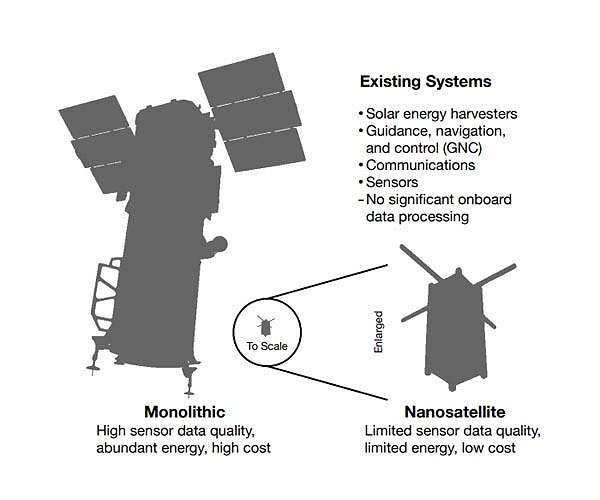I remember the Pegasus and some other projects, hardware and paper, to develop inexpensive small satellite launchers for various military and civilian uses. I have also read about micro-, nano- and even picosatellite designs (under 100, 10 and 1 kg, respectively). As UAVs become more sophisticated, it seems likely that in the future there may well be very small, reusable launchers. These would, obviously, be unmanned spacecraft.
Does anyone know of any past, present or future projects for reusable launchers for very small payloads, especially at the lower end of the spectrum?
Does anyone know of any past, present or future projects for reusable launchers for very small payloads, especially at the lower end of the spectrum?


